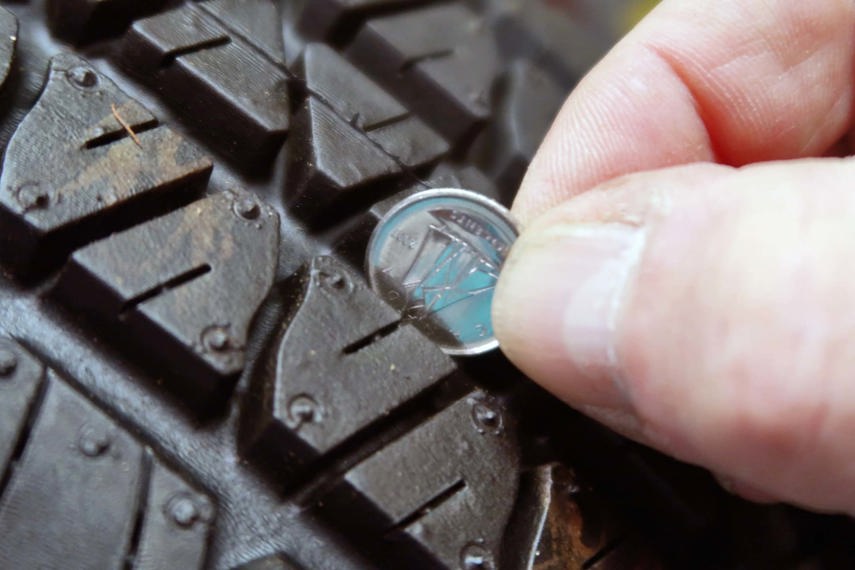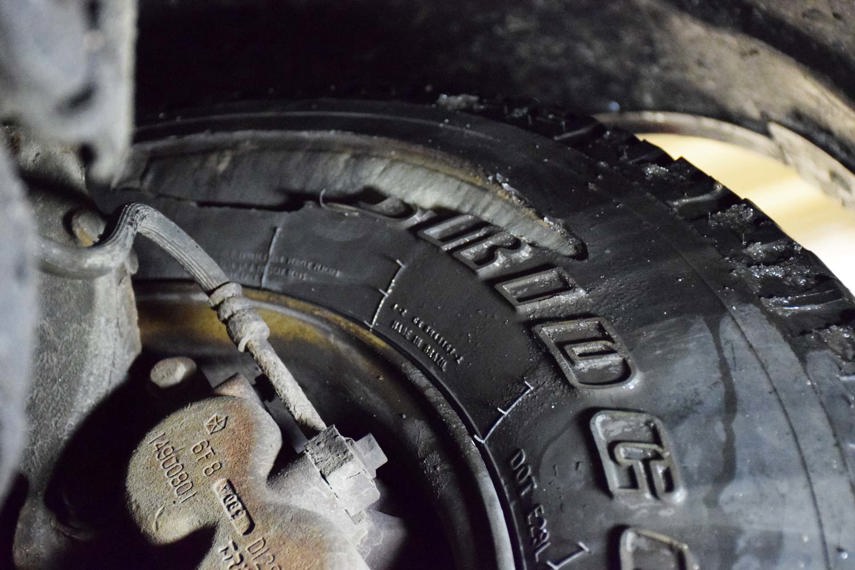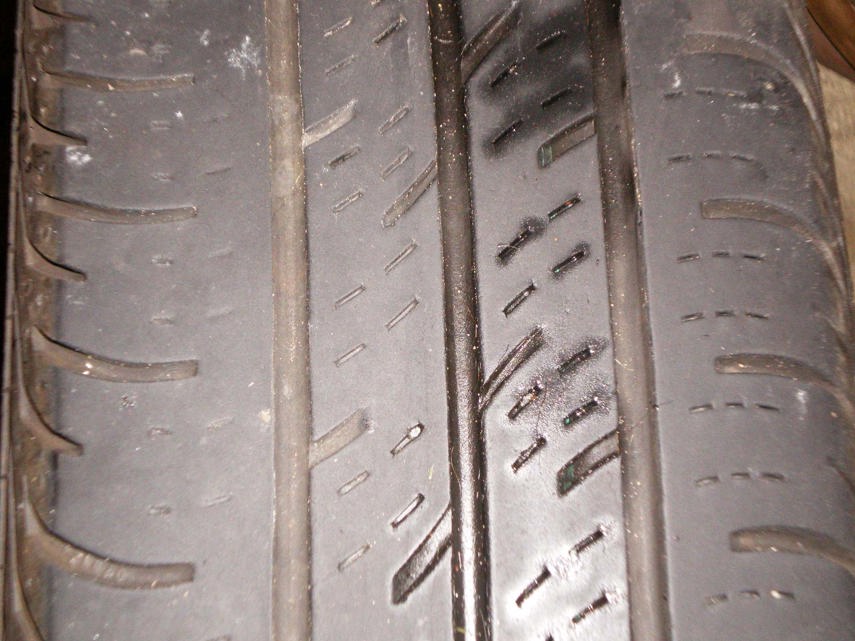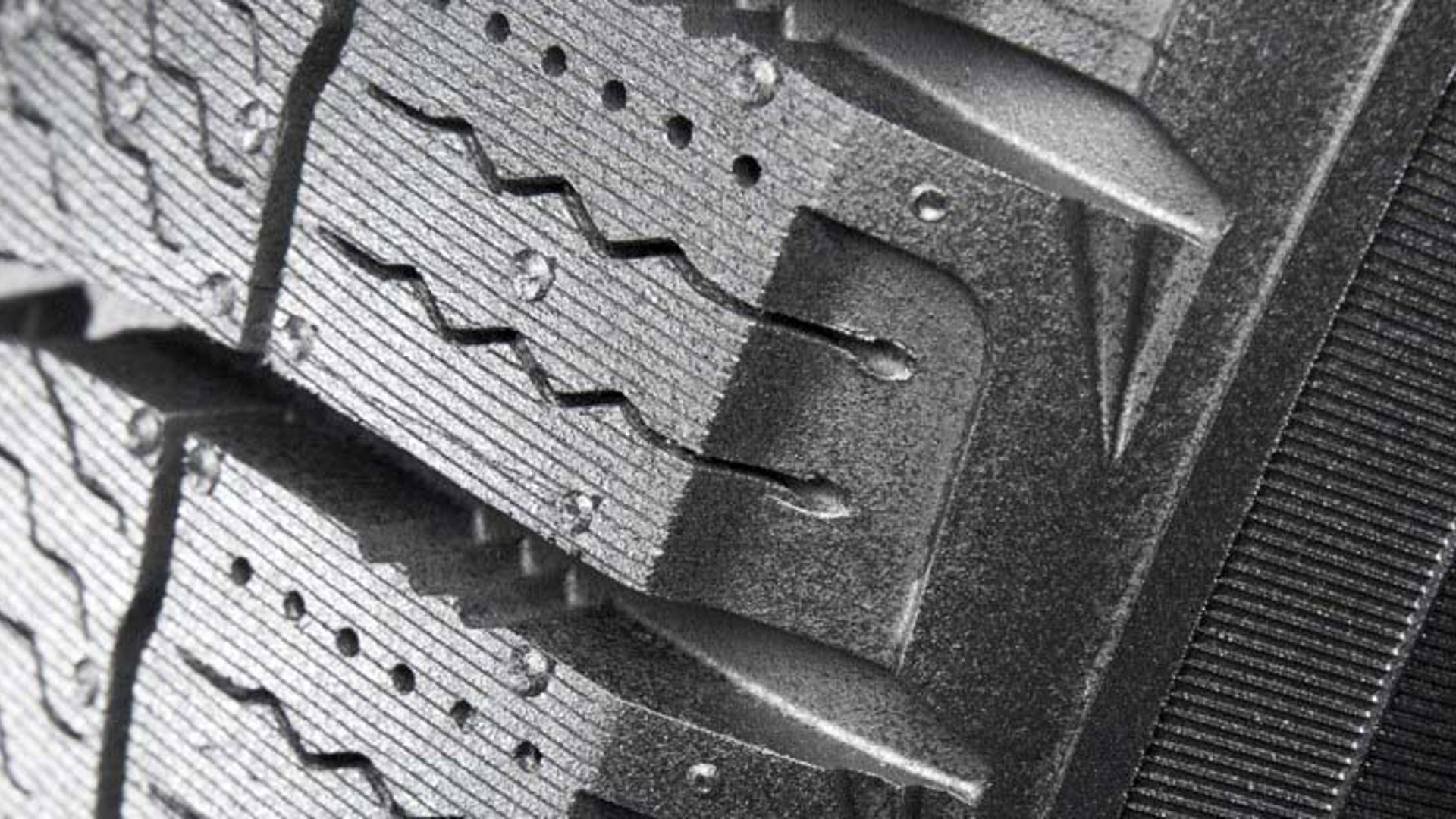As the only part of your vehicle that touch the surface of the road, your tires have everything to do with keeping you and yours safe and in control at all times while you’re driving. Healthy, quality tires with plenty of remaining tread are vital to the proper performance of a variety of vehicle systems – including its brakes, steering, driver assist functions, and more.
The tires on your car or truck are just like a pencil eraser: they wear out a little bit every time you use them. Eventually, the tires become worn down to a point where they need to be replaced.
The rate at which this wear occurs is subject to a multitude of factors. These include the type of vehicle, the type of tires, the locale and climate in which the tires are used, driving habits, vehicle maintenance and care, and more.
With so many variables, there’s no single answer as to how long a tire will last in any particular application. In fact, certain types of extra-sporty tires even sacrifice long tire life for improved grip. The type of tire you select for your vehicle also plays into how long that tire will last.
There are several ways to determine whether or not your tires need to be replaced – as well as a few warning signs that you may want to give your vehicle, or the tires mounted to it, some extra attention. We’ll highlight these, below.

Shallow Tread Depth
Measuring the tread depth of the tires is a prime example. Using a tread-depth gauge, drivers can quickly measure how much of their tread is remaining. Tires leave the factory with about 1/3" of tread depth, which is reduced over time. Once the tread depth is about 4/32" or less, it’s time to consider new tires.
Check your owner’s manual, or the literature on your vehicle’s tires, for the proper instructions on checking tread depth relevant to your specific vehicle and tires. A professional technician at your favourite service centre or tire shop can help if you’re not sure how.
Unless your tires are very badly worn, it can be difficult to assess their remaining tread depth by eyeballing it. Use a tread depth gauge, or seek professional assistance, for the most accurate reading. If you don’t have a tread depth gauge, try this trick from fellow autoTRADER.ca contributor Jil McIntosh: “Put a Canadian dime in the tire groove, with the Bluenose ship upside-down. If you can see all of the sails, you need new tires.”

Hydroplaning
A minimum tread depth is required to properly channel water and snow away from beneath the tire as it moves down the road. In motion, the tire treads (and specifically, the gaps between them), act as a pump that’s used to push water out from beneath the tire, making sure the tire is able to grip onto the grippy road that sits just beneath the slippery water.
When the treads wear out, that pumping action is compromised. As a result, the tire can’t clear water from beneath itself, and the vehicle may tend to hydroplane, or feel very slippery, on wet roads.
If you feel like your vehicle is more sensitive to hydroplaning than it used to be, you could be in need of new tires.

Hitting “The Big One”
Of course, tires can suffer unnatural wear or damage that can see the need for more immediate replacement.
For instance, a pothole strike can cause immediate and catastrophic tire damage that may see an instant blow-out. Though some tires can be repaired if they’re punctured by a nail or screw, tires destroyed by a pothole strike usually can’t be repaired as the damage tends to be more severe and may compromise the structure of the tire.
Sometimes, pothole strikes can damage your tire without causing a blowout. Hitting a pothole may cause damage that can become aggravated over time, resulting in a blowout at a later time.
This is dangerous, and could cause an accident.
Thankfully, dangerous tire damage of this sort is often easy to spot. Bring a flashlight to your vehicle, and remove one of its floor mats. Sit or kneel on the floor mat as you get next to each tire, and inspect the sidewall and treads for signs of gouges, splits, lumps, or tears.
Using the flashlight, inspect the inner tire sidewall for each tire as well, for similar damage. Carefully run your hand over all sidewall surfaces, noting any lumps or “goose eggs” that may be apparent.
Remember: if you’re only looking at the outer sidewalls, you’ve missed more than half the tire. Use that flashlight, and be sure to inspect all surfaces of each tire.
If you notice any damage as mentioned above, you’ll want to have the vehicle seen by a professional right away. Driving on a questionable tire that shows signs of damage is not advised. Remember: lumps, splits, and tears are indicative of damage that could be aggravated and result in complete tire failure.

Uneven Tread Wear
Be sure to carefully inspect all treads for any signs that the tire is wearing unevenly across the width of those treads, too.
If one or more tires seems more worn on one side than the other, your vehicle likely needs an alignment, and some replacement tires. Remember to check all four tires. Many drivers associate alignments with the steering system, but rear wheels can be aligned, or misaligned, too.
Finally, use your ears and your instinct. If something sounds or feels abnormal as you drive your car, it probably is. Certain sensations or sounds including a strange hum or buzzing noise at certain speeds, a tendency for the vehicle to pull to one side or the other, or a louder-than-usual highway drive, can all be signs of tire trouble.
If in doubt, get those tires checked out for maximum safety, confidence, and peace of mind.

